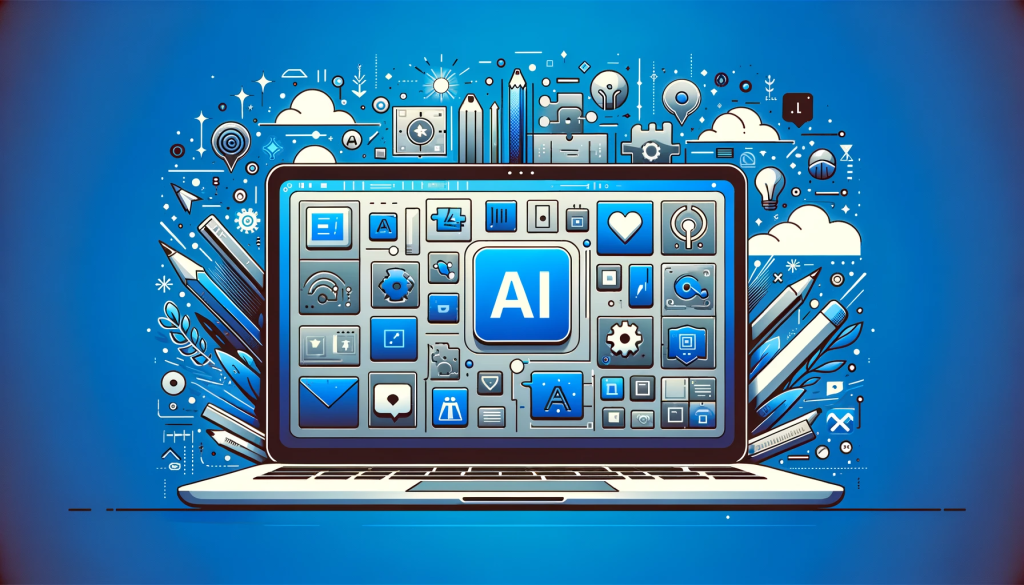Curiosity often strikes when someone wants to view an Instagram profile that is either private or unfamiliar. Whether it is to learn more about someone or just satisfy curiosity, the Smart Viewer Tool provides a quick and easy solution. This tool helps users explore Instagram profile details without needing to follow or interact with the account. It is designed for simplicity and privacy, letting users get the information they need instantly without leaving any trace.
What Is the Smart Viewer Tool?
The Smart Viewer Tool is an online utility that allows anyone to see details of Instagram profiles that are otherwise hard to access in Instant views. It is especially useful when an account is private or limited. Unlike traditional methods that involve sending follow requests or searching endlessly, this tool gives you a clear, simple way to discover profile details fast.
Key Features of the Smart Viewer Tool:
- User-Friendly Interface
Just enter the Instagram handle, and the tool does the rest.
- No Account Needed
You do not need your own Instagram account to use it.

- Instant Results
Get details like profile bio, followers count, posts, and highlights quickly.
- Privacy Focused
No notifications are sent to the person whose profile is being viewed.
- Accessible from Any Device
Works on mobile, tablet, and desktop browsers smoothly.
Why People Use the Smart Viewer Tool:
- To check out unknown followers or messages
- To learn more about someone without sending a follow request
- To preview a private account before deciding to follow
- For parents checking profiles their children interact with
- For businesses analyzing target customers or competitors
How to Use the Smart Viewer Tool:
- Open the tool on your preferred device
- Enter the username of the Instagram profile
- Click the View or Search option
- Wait a few seconds while the tool fetches the data
- Instantly see profile details like display picture, bio, followers, etc.
Benefits of Using the Tool:
- Saves time
- Offers privacy
- Gives a clear idea of the account’s activity
- Helps in informed decisions about following or interacting
Common Questions Answered:
Can it view private content like posts or stories?
It may show limited previews such as profile pictures and highlights, but not always full posts or stories.
Is it safe to use?
Yes, the tool does not store any personal data or require a login.
Do users know their profile was viewed?
No, the process is completely anonymous.
The Smart Viewer Tool is the easiest and safest way to explore hidden Instagram profiles. Whether you are curious about a private account, verifying a user, or doing light social research, this tool gets the job done without creating digital noise. It is fast, simple, and does not require technical skills.
Key Takeaways:
- View Instagram profiles anonymously
- No login or download required
- Easy to use with just a username
- Ideal for casual and discreet viewing
Use the Smart Viewer Tool anytime you want to look deeper without drawing attention.




